What is an NTC Temperature Sensor?
To understand the function and application of NTC temperature sensor, we must first know what NTC thermistor is.
How the NTC temperature sensor work simply explained
Hot conductors or warm conductors are electronic resistors with negative temperature coefficients (NTC for short). If current flows through the components, their resistance decreases with increasing temperatures. If the ambient temperature drops (e.g. in an immersion sleeve), the components, on the other hand, react with increasing resistance. Because of this special behavior, experts also refer to an NTC resistor as an NTC Thermistor.
How it works simply explained
Manufacture and properties of the thermistor
Areas of application for the NTC resistor
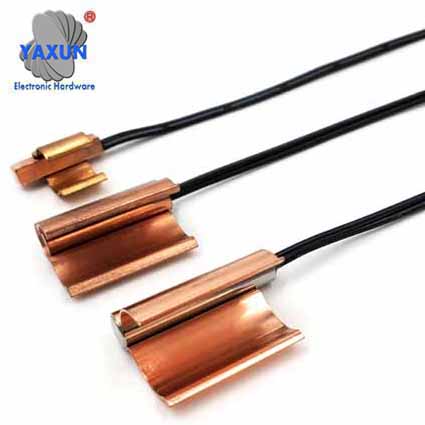 |
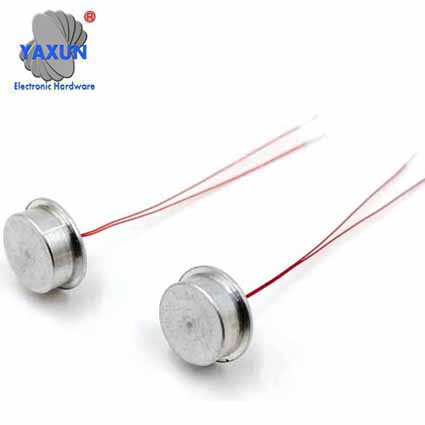 |
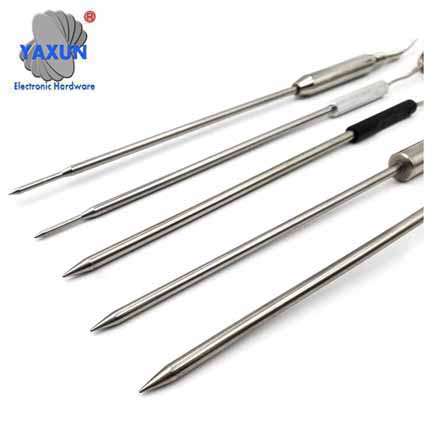 |
| cheaper 10k b3950 NTC temperature sensor | micro 50k NTC temperature sensor probe | waterproof NTC temperature sensor wire |
Electrical resistance decreases when electrons move
NTC resistors consist of semiconductor materials, the conductivity of which is generally between that of electrical conductors and electrical non-conductors. If the components heat up, electrons loosen from the lattice atoms. They leave their place in the structure and transport electricity much better. The result: With increasing temperature, thermistors conduct electricity much better - their electrical resistance decreases. The components are used, among other things, as temperature sensors, but for this they must be connected to a voltage source and an ammeter.Manufacture and properties of the hot and cold conductors
An NTC resistor can react very weakly or, in certain areas, very strongly to changes in ambient temperatures. The specific behavior basically depends on the manufacture of the components. In this way, producers adapt the mixing ratio of oxides or the doping of the metal oxides to the desired conditions. But the properties of the components can also be influenced with the manufacturing process itself. For example, through the oxygen content in the firing atmosphere or the individual cooling rate of the elements.
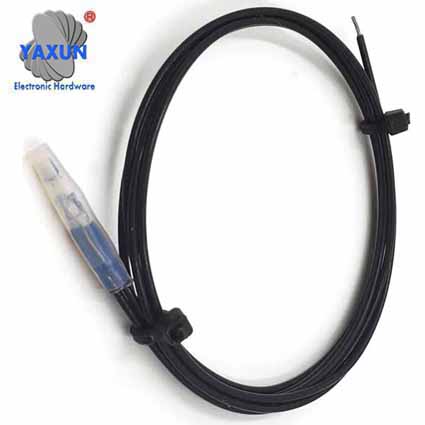 |
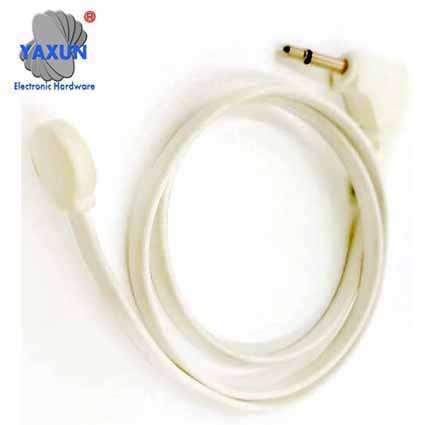 |
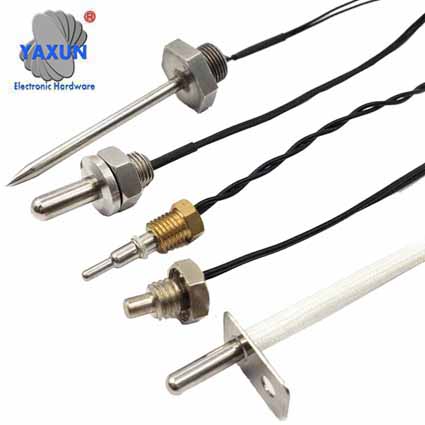 |
| NTC thermistor sensor of car | electronics fast response NTC temperature sensor | fluid temperature NTC temperature sensor |
Different materials for an NTC resistor
Pure semiconductor materials, compound semiconductors or metallic alloys are used to ensure that thermistors show their characteristic behavior. The latter usually consist of metal oxides (compounds of metals and oxygen) of manganese, nickel, cobalt, iron, copper or titanium. The materials are mixed with binding agents, pressed and sintered. Manufacturers heat the raw materials under high pressure to such an extent that workpieces with the desired properties are created.Typical characteristics of the thermistor at a glance
The NTC resistor is available in ranges from one ohm to 100 megohms. The components can be used from minus 60 to plus 200 degrees Celsius and achieve tolerances of 0.1 to 20 percent. When it comes to selecting a thermistor, various parameters must be taken into account. One of the most important is the nominal resistance. It indicates the resistance value at a given nominal temperature (usually 25 degrees Celsius) and is marked with a capital R and the temperature. For example, R25 for the resistance value at 25 degrees Celsius. The specific behavior at different temperatures is also relevant. This can be specified with tables, formulas or graphics and must absolutely match the desired application. Further characteristic values of the NTC resistors relate to the tolerances as well as certain temperature and voltage limits.Different areas of application for an NTC resistor
Just like a PTC resistor, an NTC resistor is also suitable for temperature measurement. The resistance value changes depending on the ambient temperature. In order not to falsify the results, the self-heating should be limited as much as possible. However, the self-heating during current flow can be used to limit the inrush current. Because the NTC resistor is cold after switching on electrical devices, so that only a little current flows at first. After some time in operation, the thermistor heats up, the electrical resistance drops and more current flows. Electrical devices achieve their full performance in this way with a certain time delay.
An NTC resistor conducts electrical current more poorly at low temperatures. If the ambient temperature increases, the resistance of the so-called warm conductors decreases noticeably. The special behavior of the semiconductor elements can be used primarily for temperature measurement, for inrush current limitation or for delaying various control processes.





